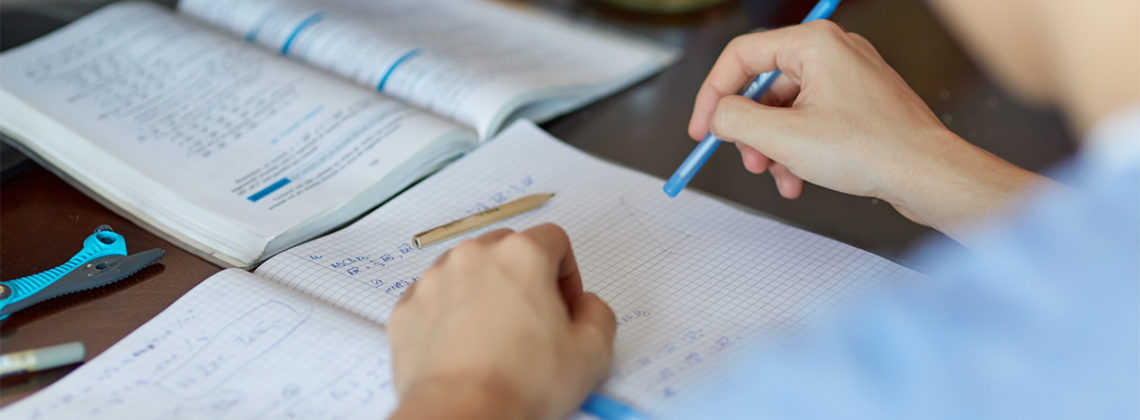
This month, help your student get back into the swing of studying by providing a little desk space they can call their own and focus. Wouldn’t it be great to take the homework drama down a notch this year? Whether it’s their bedroom, family room, dining room, or closet, here are tips on how to set up a homework hub to help your student make the grade this year.
Minimize the Distractions
Make your student’s homework hub a phone-free environment. Their phone is going to be distraction number one. Another distraction to consider is after-school hunger. Make sure your kids have a healthy snack before they start work to keep them on track.
Lose the Clutter
It goes without saying, clear the clutter. Whatever space you’ve decided upon, your student will need a place for a laptop, books, and notes. Make sure the desk space is available to them. According to FamilyEducation.com your child should study in the same place every night in order to maintain a sense of continuity for them.
Hang a Calendar
Hang a wall calendar to assist in planning. A wall calendar can visually show your student their projects and progress in a way that is just not possible on their iPhone. Your student can easily see the past, present, future assignments, along with their due dates.
Give Them Great Lighting
Invest in a small, sturdy, bright desk lamp. Remember, homework isn’t just a daytime endeavor.
Help Them Stay Organize
Secure space to organize your student’s work and supplies. This could mean a shelf, bins, shoe boxes, or small storage containers. The idea is to label them so your student doesn’t waste a ton of time looking for a protractor or pencil lead while they should be finishing their math homework. Also, install a sturdy hook for your student’s backpack to keep homework, supplies, and assignments within arm’s reach.
Provide Supplies
Shop for supplies with your student. Get their input on what they need, and let them get the basics for their workspace.
Use an In/Out Box
Provide your student with a classic In/Outbox. Grownups have been using them for ions, but the concept is simple and will help your student visualize tasks tackled and those soon due.
